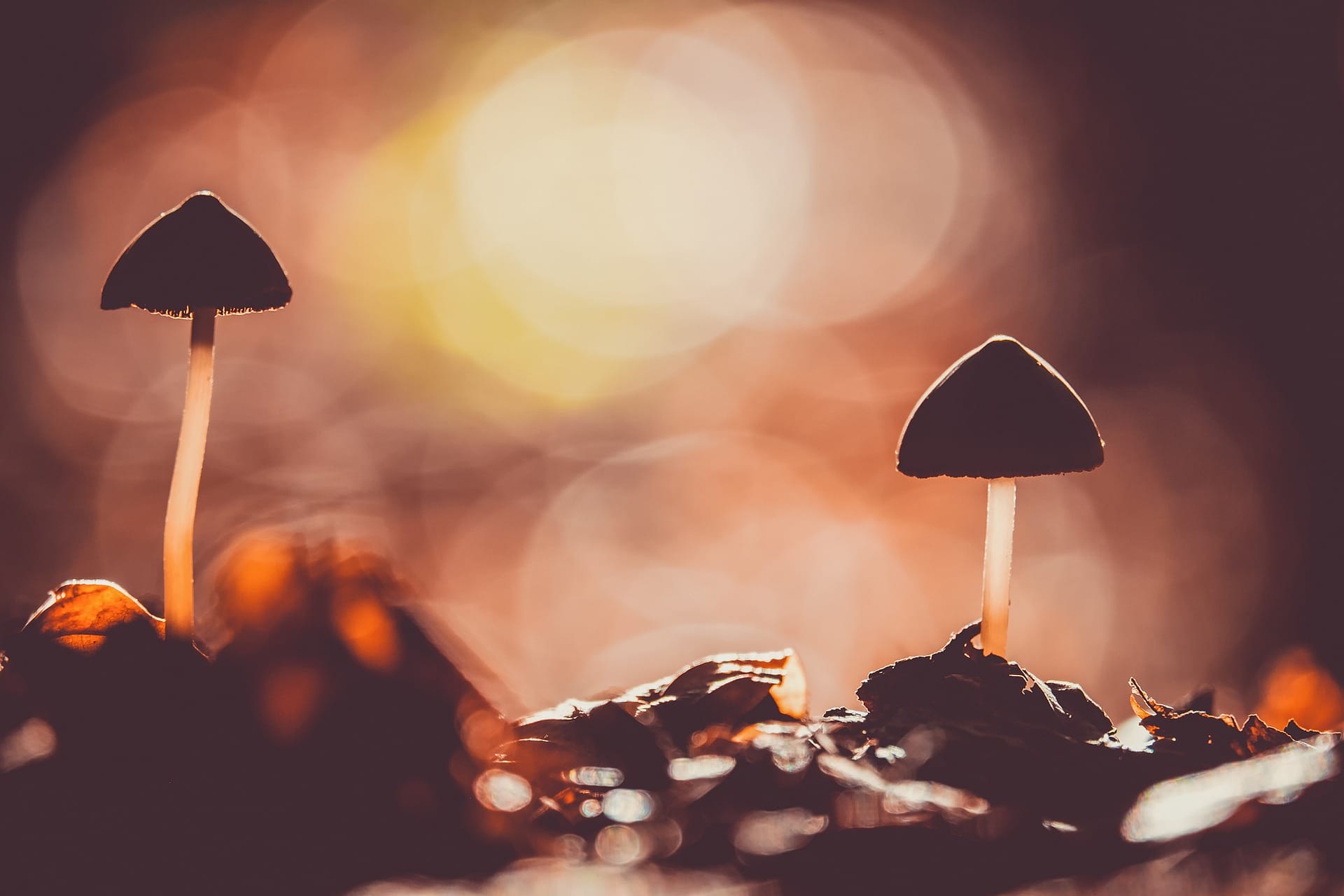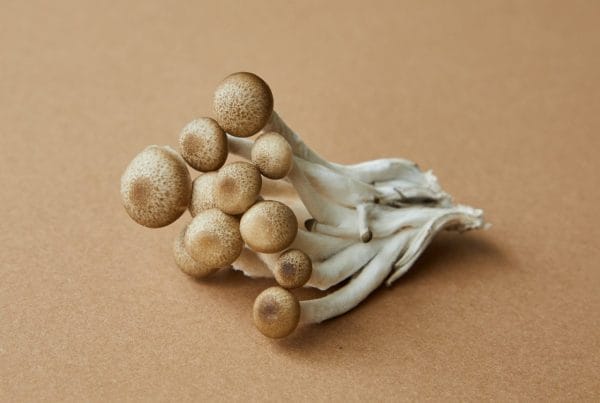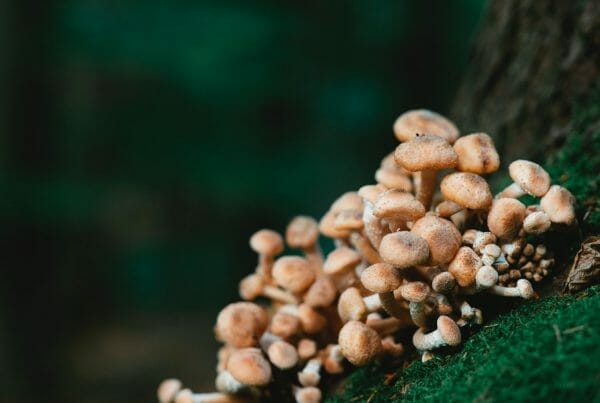Table of Contents
Psilocybin vs Psilocyn
Scientists studying the ability of Psilocybin to treat everything from eating disorders and addiction to anxiety and depression should allow some of the other compounds to share the spotlight. Psilocyn, for instance. Both psilocybin and psilocyn occur naturally in magic mushrooms. Our bodies break down psilocybin (O-phosphoryl-4-hydroxy-N) in the digestive track with the enzyme alkaline phosphate, turning it into psilocyn (4-hydroxy-N, N-dimethyl-triptamine). Psilocyn is largely responsible for the high that you get from magic mushrooms. Psilocybin is not the compound that affects your brain, instead, it is considered a “prodrug” in that only when it is broken down (or metabolized) by the body, does it become the active compound psilocyn, which can then enter the brain through the blood.
One Big difference between Psilocybin vs Psilocyn is stability
Outside of the body, psilocyn is very unstable. Heat or oxygen can degrade it quickly. Fortunately, since psilocybin becomes psilocyn in your digestive track, you should not notice the degradation of the psilocyn when you ingest the magic mushroom.
Lab-generated psilocybin, although intended to replace or “refine” the hallucinogenic properties of magic mushrooms, may not be the complete picture. There are several psychoactive compounds found in magic mushrooms, and although we know little about them, they may very well work in tandem and in perfect balance to create the overall experience.
Psilocybin is the namesake of the magic mushroom, but it could be the tip of the iceberg. Other compounds or alkaloids combine to provide a more holistic or synergistic effect.
Other Alkaloids
There are around 25 different alkaloids found in magic mushrooms. Five of the important ones are:
Baeocystin: An alkaloid found in most psilocybin mushrooms, baeocystin is very similar to, or an analog to, psilocybin and has also been thought to be about as psychoactive as psilocybin, based on human experience. However further research indicates that baeocystin alone may not induce hallucinogenic effects. Anxiety relief is reported from pure baeocystin use, but high-quality data is scarce on this matter.
Norbaeocystin: Another magic mushroom alkaloid (although a minor one), is another analog of psilocybin. It is a derivative of baeocystin (which is a derivative of psilocybin). It is a positional isomer of serotonin (meaning they have the same “carbon skeleton”). Very little is currently known of Norbaeocystin as it is a derivative of the little known baeocystin.
Norpsilocin: This is a more recently discovered derivative. Currently, it is believed that norpsilocin is made from baeocystin in the body. It is not currently known whether norpsilocin has psychotropic properties, or how it works with other compounds found in magic mushrooms. Although norpsilocin is more potent than psilocyn, it does not interact with brain receptors. It is suspected, but not determined, that norpsilocin may interact with pathways in the body not connected with the brain.
Aeruginascin: is an indoleamine (a type of neurotransmitter) derivative which occurs naturally within the mushrooms Inocybe aeruginascens and Pholiotina cyanopus. Other indolamines are serotonin, a neurotransmitter that affects mood and sleep, and melatonin which controls sleep cycles. Aeruginascin shares a similar structure with bufotenidine, which is a venom found in some toads.
ß-carbolines: These alkaloids are widespread in plants and animals. They frequently act as GABAA inverse agonists. Inverse agonism has therapeutic significance in that it affects receptor performance. This compound is associated with monoamine oxidase inhibitors (MAOIs), monoamine oxidase breaks down DMT in the gut, which is said to affect psychology and behaviour.
There is Much More to the Magic Mushroom
We continue to synthesize and isolate the compounds of magic mushrooms in an effort to understand them more. Like many resources from nature, there is a perfect balance of compounds that result in what is being referred to as an entourage effect, similar to the various compounds found in cannabis. Scientifically it is becoming clear that there is much more to magic mushrooms than just psilocybin.






